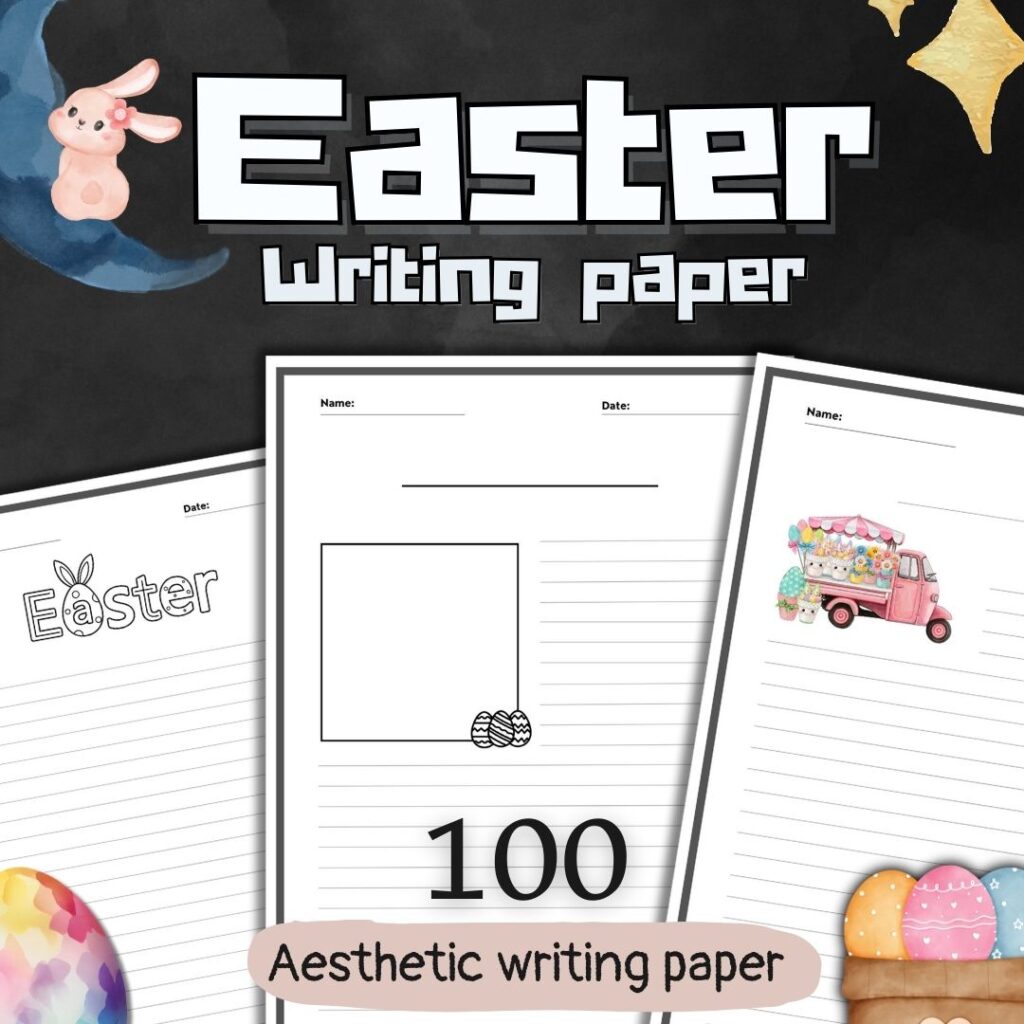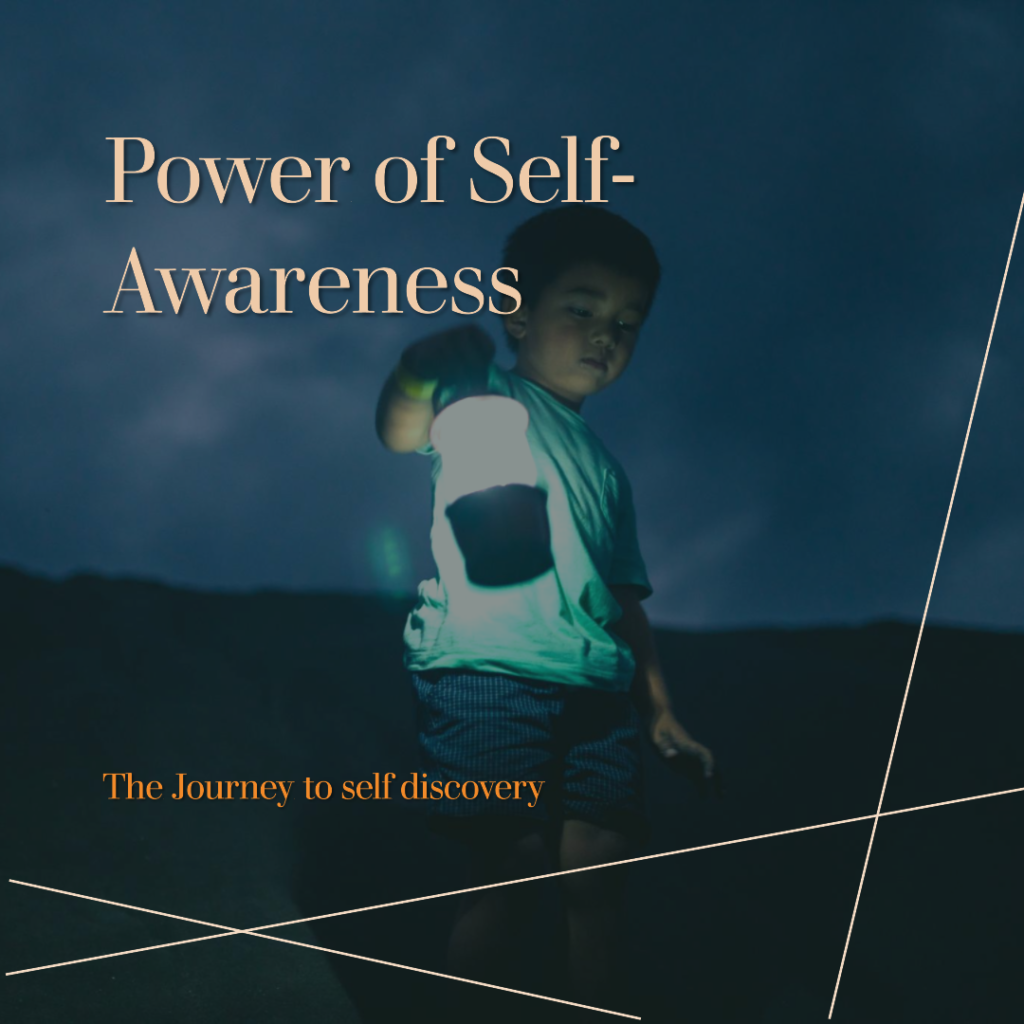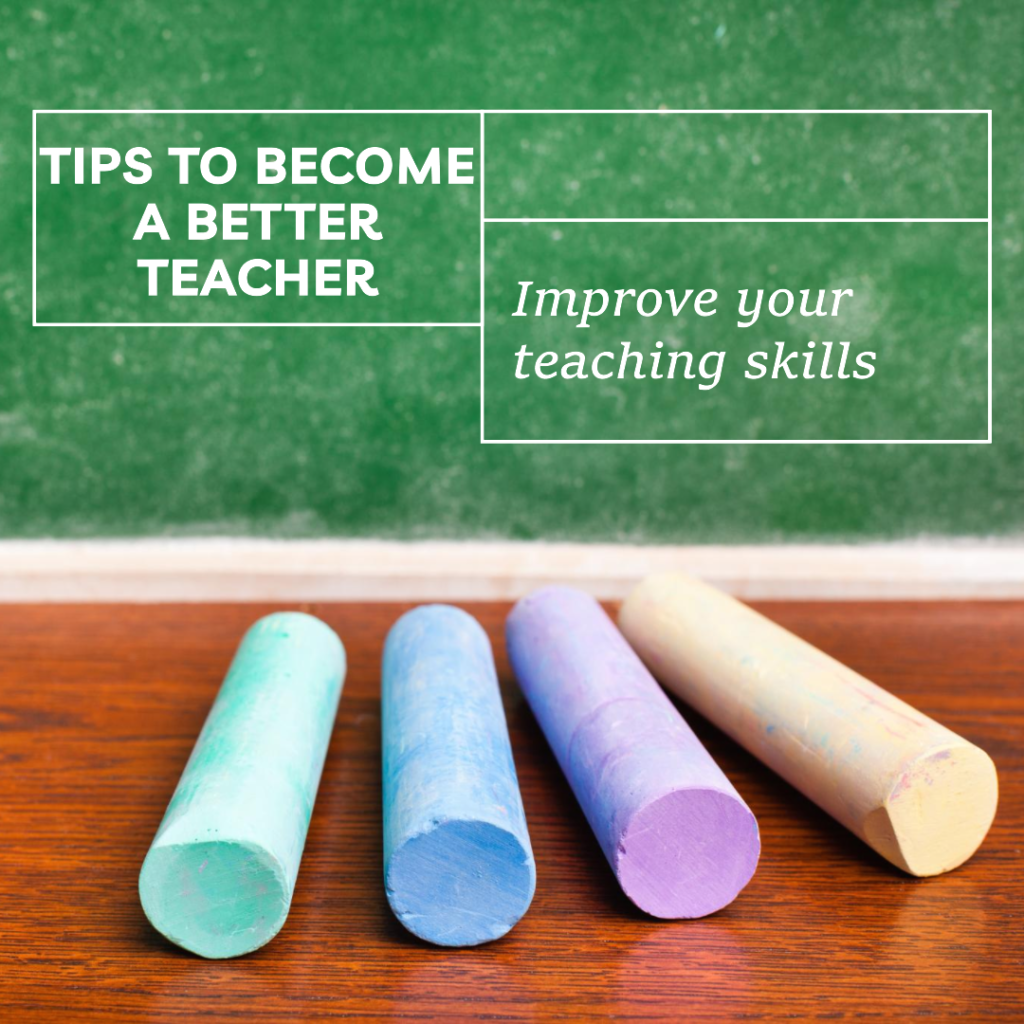1. What is self-awareness: An Introduction to Self-Discovery and Happiness Self-awareness is the key to understanding ourselves on a deeper level and embarking on a journey of self-discovery. It is the ability to introspect and recognize our thoughts, emotions, and behaviours. By cultivating self-awareness, we can gain insights into our strengths and weaknesses, our values and beliefs, and our true passions and aspirations. This blog explores the power of self-awareness and its significance in personal growth and development. Through self-awareness examples, discussions on emotional intelligence, types of intelligence, growth mindset quotes, and practical tips on how to change your mindset, we delve into the transformative potential of self-awareness. Join us on this enlightening path of self-discovery and unlock your true potential. 2. Why is self-awareness important: Why Discovering Yourself Matters Self-awareness is an essential component of personal growth and development. It allows us to better understand ourselves and our place in the world, enabling us to make informed decisions and live a more authentic life. By becoming self-aware, we gain clarity on our values, beliefs, and desires. We can identify our strengths and weaknesses, helping us to capitalize on our abilities and work on areas that may need improvement. Self-awareness also enhances our emotional intelligence, enabling us to navigate our own emotions and understand others better. Moreover, self-awareness cultivates a growth mindset, allowing us to embrace challenges, learn from failures, and persist in the face of obstacles. It empowers us to take responsibility for our actions and choices, leading to increased self-confidence and fulfillment. In a world where we often get caught up in the demands and expectations of others, self-awareness acts as a compass, guiding us toward our true passions and purpose. It is through self-discovery that we unleash our full potential and live a life of authenticity and fulfillment. Stay tuned for the next section, where we will explore practical strategies to develop self-awareness and embark on a journey of self-discovery. 3. How teachers can help: Exploring Your Unique Qualities and Passions Teachers play a crucial role in fostering self-awareness and guiding students on their journey of self-discovery. They have the power to create an environment that encourages students to explore their unique qualities and passions. One way teachers can help students develop the power of Self-awareness is by providing opportunities for reflection and introspection. By incorporating journaling exercises, mindfulness activities, and class discussions, teachers can encourage students to reflect on their thoughts, feelings, and experiences. This reflection allows students to gain a deeper understanding of themselves and their emotions, enabling them to make more informed decisions and choices. Another way teachers can support self-discovery in students is by providing a variety of learning experiences. By exposing students to different subjects, activities, and challenges, teachers allow them to explore their interests and discover their passions. Through this exploration, students can uncover their unique talents and strengths and develop a sense of identity and purpose. Teachers can also act as mentors and role models for their students. By sharing their own stories of self-discovery and personal growth, teachers can inspire and motivate students to embark on their journeys of self-awareness. By showing vulnerability and authenticity, teachers create a space where students feel safe to be themselves and embrace their true potential. In the next section, we will delve deeper into practical strategies that teachers can implement in the classroom to facilitate self-awareness and support students on their path to self-discovery. 4. The Quest for Authentic Connections: Finding Like-minded Individuals on Your Journey One of the most significant aspects of the journey to self-discovery is finding like-minded individuals who can support and understand your path. While teachers play a crucial role in fostering self-awareness, it is equally important to connect with peers who are on a similar journey. Creating authentic connections with like-minded individuals provides a space for growth and understanding. Surrounding yourself with people who share similar interests and values can validate your experiences and offer a sense of belonging. These connections can serve as a support system, encouraging you to embrace your authentic self and pursue your passions wholeheartedly. To find like-minded individuals, explore various avenues. Attend workshops, join clubs or organizations that align with your interests, or participate in online communities. Engage in meaningful conversations with others who share your journey, exchange ideas, and provide support to one another. 5. 5 powerful tips and strategies to help students In our previous section, we emphasized the importance of finding like-minded individuals to support and understand our journey to self-discovery. Now, let’s delve into some powerful tips and strategies that can help students navigate this path with ease. 1. Cultivate self-care routines: Self-care is not just a buzzword, but a fundamental practice that enables us to nurture our mental, and emotional well-being. By prioritizing self-care, students can recharge, stay focused, and maintain a healthy mindset while on their quest for self-awareness. Whether it’s engaging in hobbies, or getting enough rest, self-care is crucial in building a strong foundation for self-discovery. One of the routines can be 100 Positive Affirmations for Kids 2. Reflect on your strengths and weaknesses: Understanding and accepting ourselves requires us to take an honest look at our strengths and weaknesses. By recognizing our areas of expertise and areas that need improvement, students can cultivate a deeper sense of Power of Self-Awareness. Reflect on your achievements, challenges, and experiences – they all contribute to your growth journey. 3. Journaling for self-reflection: Journaling is an invaluable tool in gaining clarity and self-reflection. Encourage students to set aside time each day to write about their thoughts, emotions, and reflections on their day, allowing them to process their experiences and gain deeper insights into themselves. 4. Seek constructive feedback: Constructive feedback from trusted mentors, teachers, and peers can be transformative. It helps us see things from different perspectives and highlights blind spots we may not have noticed. But encourage students to seek constructive feedback and be open to different viewpoints, as this will contribute to their growth and








